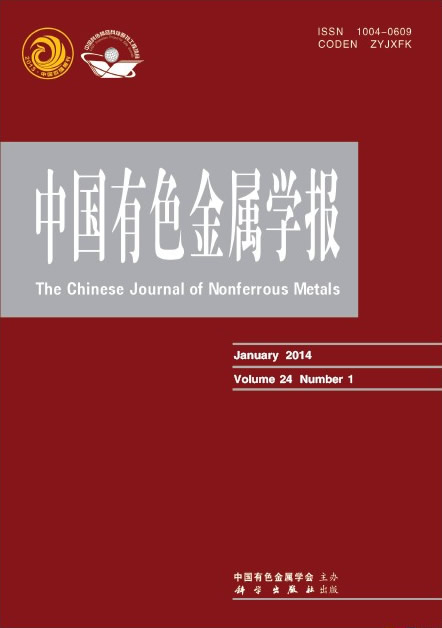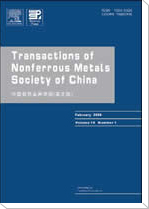(1. 中南大学 冶金与环境学院,长沙 410083;
2. 中南大学 粉末冶金研究院,长沙 410083)
摘 要: 结合物相和成分分析结果,阐明了模拟拜耳法溶出条件下含硫脱硅产物(S-DSP)的形成和转化机制。结果表明:不同含硫离子参与形成的S-DSP中硫含量和脱硫率由大到小的顺序为 、 、 、S2-,且 和 能够显著促进方钠石向钙霞石的转化。S-DSP中硫含量与钙霞石含量线性相关,即含硫离子嵌入过程发生在含硅物相溶解、成核、长大过程中。当溶液初始 含量为2.4 g/L、w(S)/w(SiO2)=0.13时,S-DSP可以脱除铝酸钠溶液中63%的硫。
关键字: 高硫铝土矿;含硫离子;方钠石;钙霞石;拜耳法
(1. School of Metallurgy and Environment, Central South University, Changsha 410083, China;
2. Powder Metallurgy Research Institute, Central South University, Changsha, 410083, China)
Abstract:The formation and transformation mechanisms of sulfur-containing desiliconization products (S-DSP) were studied under simulated Bayer digestion conditions by analyzing the phase and composition changes. The results show that the sulfur content and desulfurization rate of S-DSP decrease following the order of , , and S2-. Meanwhile, and markedly promote the transformation of sodalite to cancrinite. The sulfur content in S-DSP is linearly correlated with the cancrinite transformation rate, indicating that the S-DSP forms through a nucleation and growth process. 63% of the total sulfur is removed from a simulated -bearing Bayer liquor (ρ0(S)=2.4 g/L, w(S)/w(SiO2)=0.13) by incorporating sulfur-bearing ions into desiliconization products. This progress provides a theoretical basis for the treatment of high-sulfur bauxite by lime-free Bayer digestion process.
Key words: Bayer process; high-sulfur bauxite; sulfur-containing ion; sodalite; cancrinite


